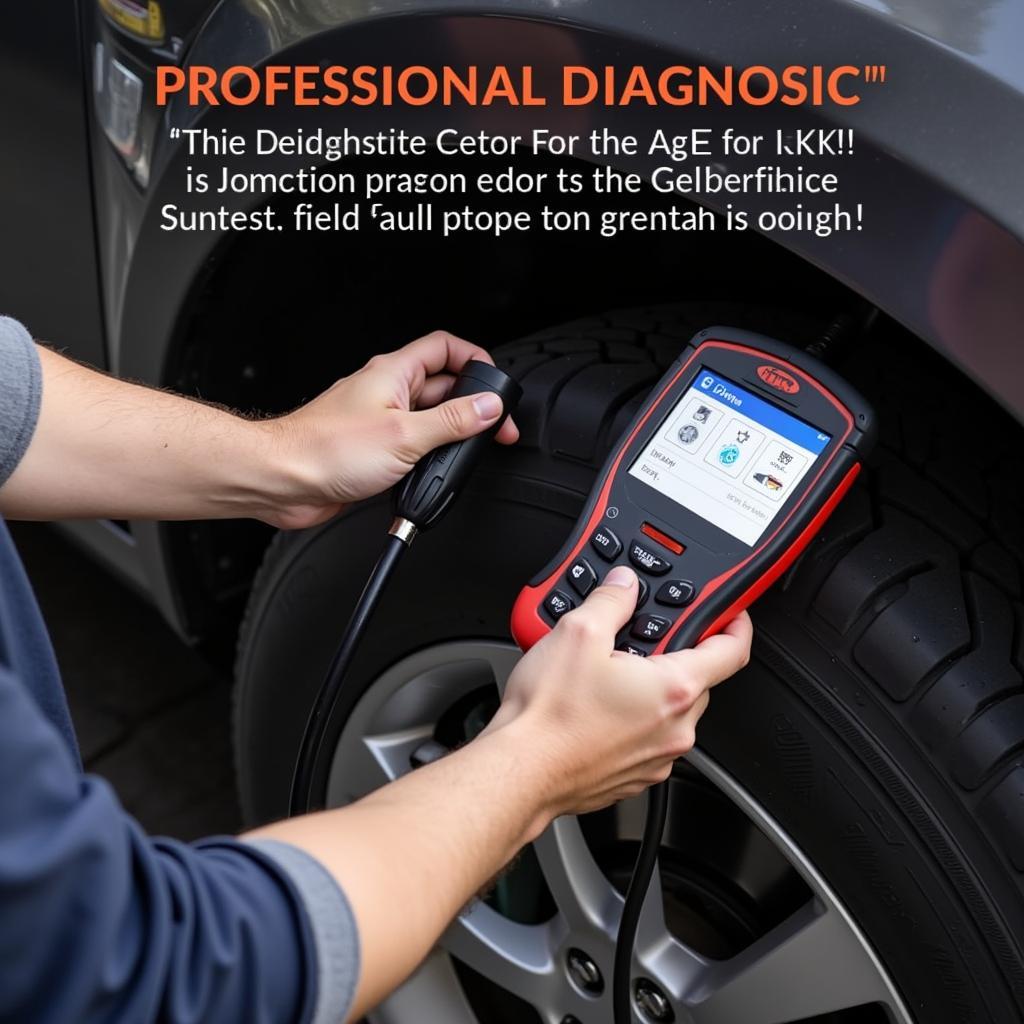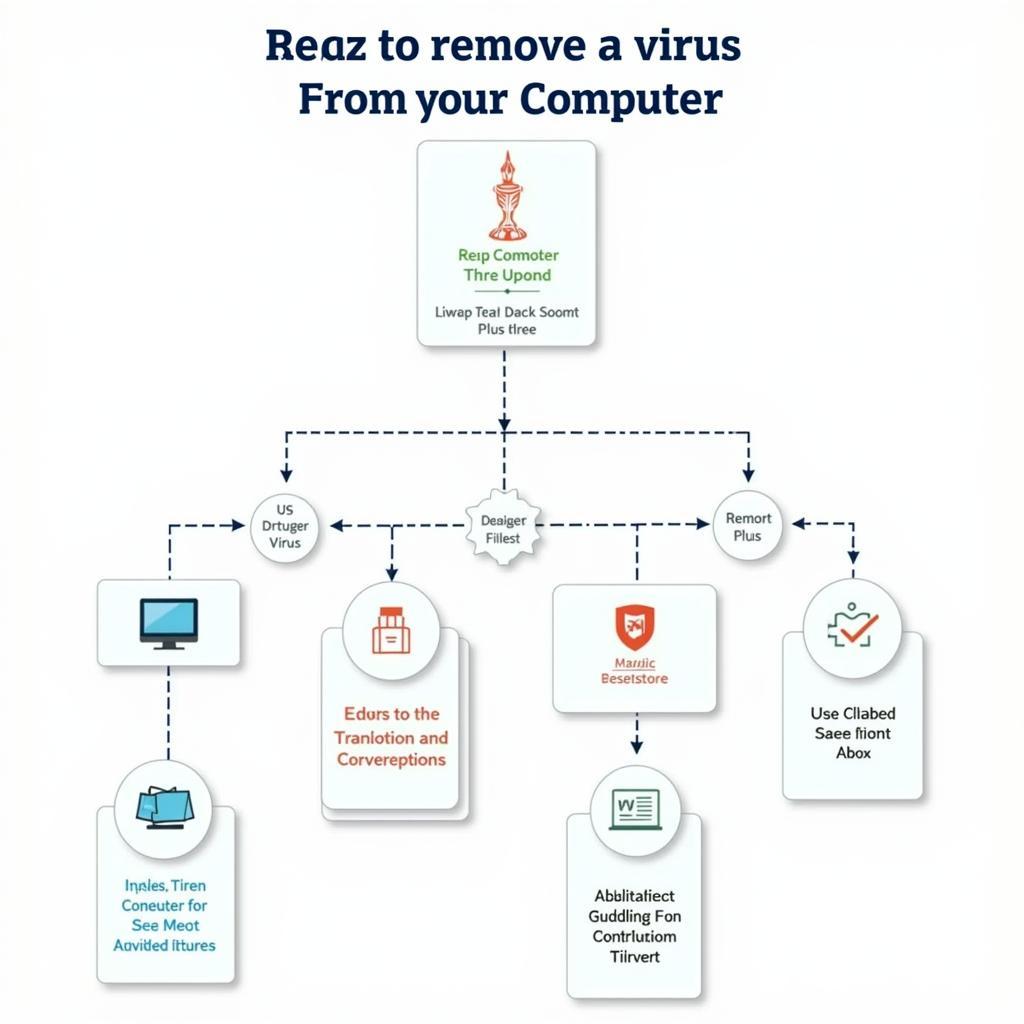“HCAT” flashing on your car scanner? Don’t panic! It’s not necessarily a reason to call a tow truck just yet. This cryptic code often leaves car owners scratching their heads, but understanding what it means can save you time, money, and unnecessary stress.
Demystifying the “HCAT” Code on Your Scanner
“HCAT” stands for Heated Catalyst, a crucial component of your vehicle’s emissions control system. Seeing this code on your scanner usually indicates a problem with your catalytic converter’s efficiency. But before you jump to conclusions, let’s delve deeper into what that actually means.
The Role of the Heated Catalyst
Your car’s engine produces harmful pollutants like carbon monoxide, hydrocarbons, and nitrogen oxides. The catalytic converter’s job is to convert these pollutants into less harmful substances before they exit your tailpipe.
A heated catalyst, as the name suggests, utilizes heat to expedite this conversion process. This is particularly important during the cold start phase when the engine is cold and the regular catalytic converter hasn’t reached its optimal operating temperature.
Common Causes of HCAT-Related Issues
While the “HCAT” code points to the heated catalyst, the root cause of the problem might lie elsewhere. Here are some common culprits:
- Faulty Oxygen Sensors: These sensors monitor the exhaust gases and provide data to the engine control unit (ECU). Inaccurate readings can disrupt the air-fuel mixture and affect the heated catalyst’s performance.
- Damaged Wiring or Connectors: Electrical issues like frayed wires or loose connections can interrupt the communication between the heated catalyst and the ECU, leading to malfunctions.
- Malfunctioning Heated Catalyst: Over time, the heated catalyst itself can deteriorate due to extreme temperatures, contamination, or physical damage. This reduces its effectiveness in converting harmful emissions.
- Engine Misfires: When an engine misfires, unburnt fuel can enter the exhaust system, overwhelming the heated catalyst and potentially damaging it.
“Many car owners underestimate the impact of regular maintenance on their car’s emissions system,” says John Miller, Senior Automotive Engineer at ScanToolUS. “Simple things like using the right fuel and timely oil changes can significantly prolong the life of your heated catalyst.”
What to Do When You See the “HCAT” Code
- Don’t Ignore It: While the “HCAT” code might not immediately impact your car’s drivability, ignoring it can lead to more severe problems and costly repairs down the line.
- Check for Other Codes: Often, the “HCAT” code is accompanied by other diagnostic trouble codes. Note down all the codes displayed on your scanner as they provide valuable clues for diagnosis.
- Inspect for Obvious Issues: Look for any visible signs of damage to the wiring, connectors, or the heated catalyst itself.
- Consider Your Car’s Age and Mileage: If your car has high mileage or is nearing the end of its lifespan, the heated catalyst might be nearing the end of its service life.
- Consult a Professional: Unless you have experience with car repairs, it’s best to consult a qualified mechanic. They have the expertise and tools to accurately diagnose and fix the problem.
 Mechanic Using a Diagnostic Tool on a Car
Mechanic Using a Diagnostic Tool on a Car
Preventing Future HCAT Issues
While some factors are beyond your control, proactive maintenance can minimize the risk of encountering HCAT-related problems:
- Adhere to the Manufacturer’s Maintenance Schedule: Regular check-ups allow mechanics to identify potential issues before they escalate.
- Use High-Quality Fuel and Oil: Using the wrong fuel or low-quality oil can contaminate the heated catalyst and reduce its lifespan.
- Address Engine Issues Promptly: Issues like misfires or rough idling should be addressed immediately to prevent damage to the exhaust system.
“Investing in a reliable OBD-II scanner can be extremely beneficial,” advises Sarah Thompson, Automotive Technician and Technical Advisor at ScanToolUS. “It empowers car owners to monitor their vehicle’s health, understand potential problems, and address them proactively.”
Conclusion
Encountering the “HCAT” code on your car scanner doesn’t have to be a stressful experience. Understanding what it means and taking prompt action can save you from expensive repairs and keep your car running smoothly. If you’re ever unsure about interpreting diagnostic codes or troubleshooting car problems, don’t hesitate to reach out to the experts at ScanToolUS. Our team of experienced technicians is always here to assist you. You can contact us at +1 (641) 206-8880 or visit our office at 1615 S Laramie Ave, Cicero, IL 60804, USA.


